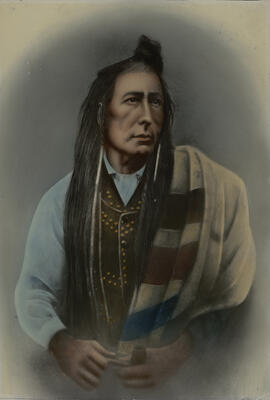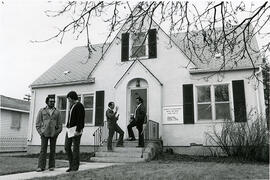- MG 559
- Fonds
- [ca. 1940s] – 2015 (inclusive); 1981-2003 (predominant)
This collection primarily reflects Zepp’s interest in Inuit art and artists. It includes interviews with artists, images taken over the course of several years of the northern landscape, community and individuals. Importantly, Zepp and Varga spent time at fishing and hunting camps or in the homes of artists, and the resulting material reflects that friendship and intimate relationship. Material created or acquired during Zepp’s career as a curator is also evident, including a significant photo resource of Inuit art from major collections. The reference library is an uniquely complete set of articles and major works relating to Inuit art in Canada. Additionally, the collection includes material relating to a number of other artists, predominantly from Saskatchewan, whose work Zepp admired (in many instances, Zepp organized the first major exhibition of their work).
Zepp, Norman




